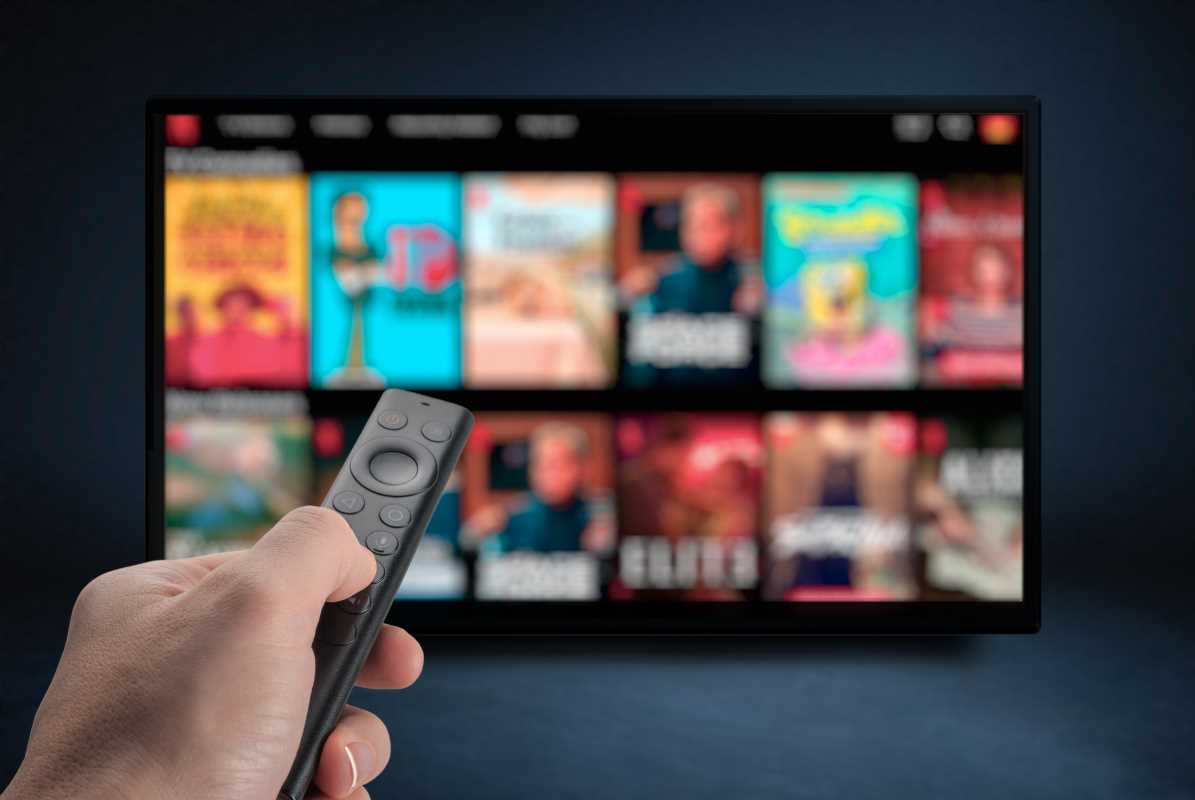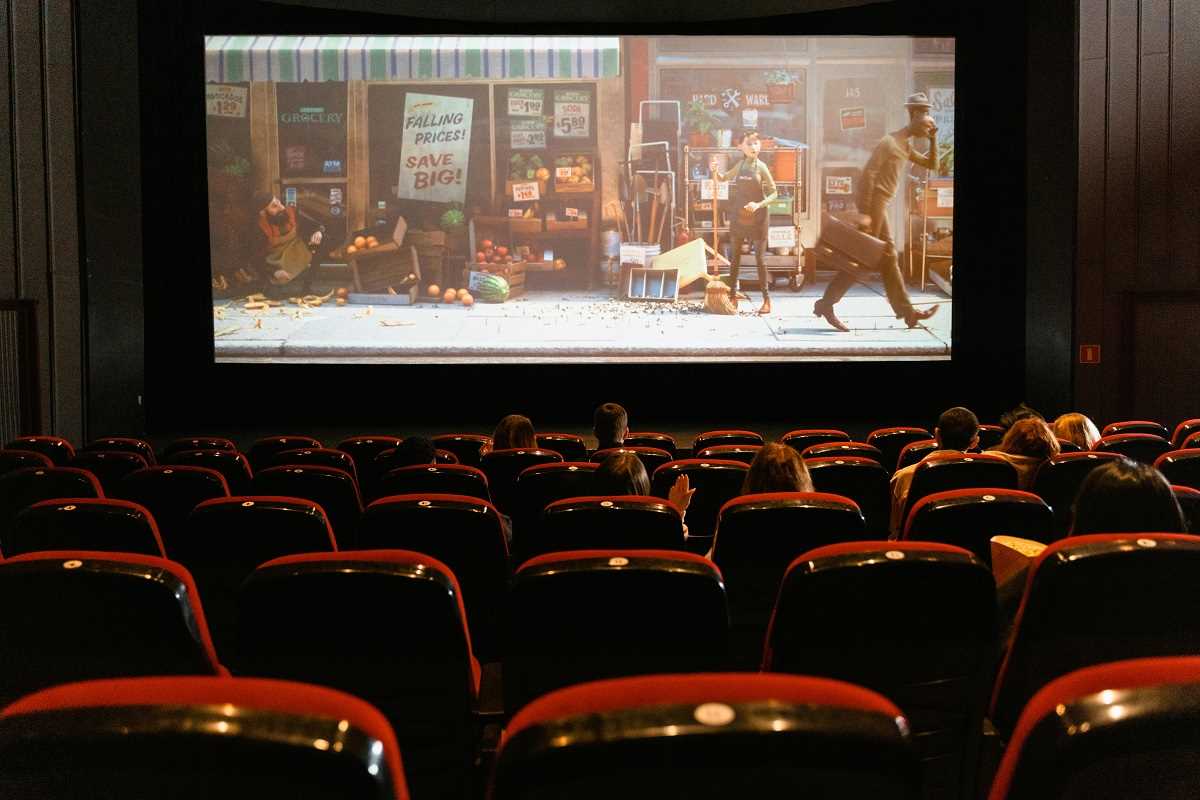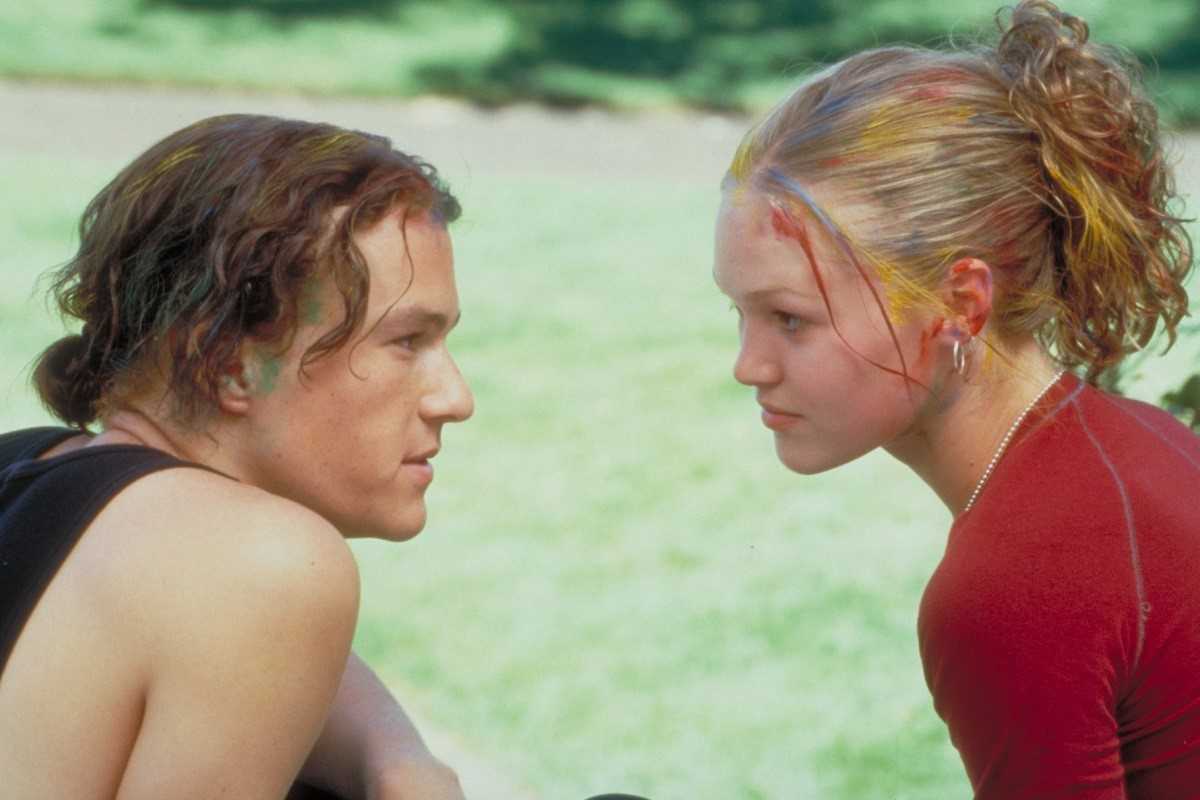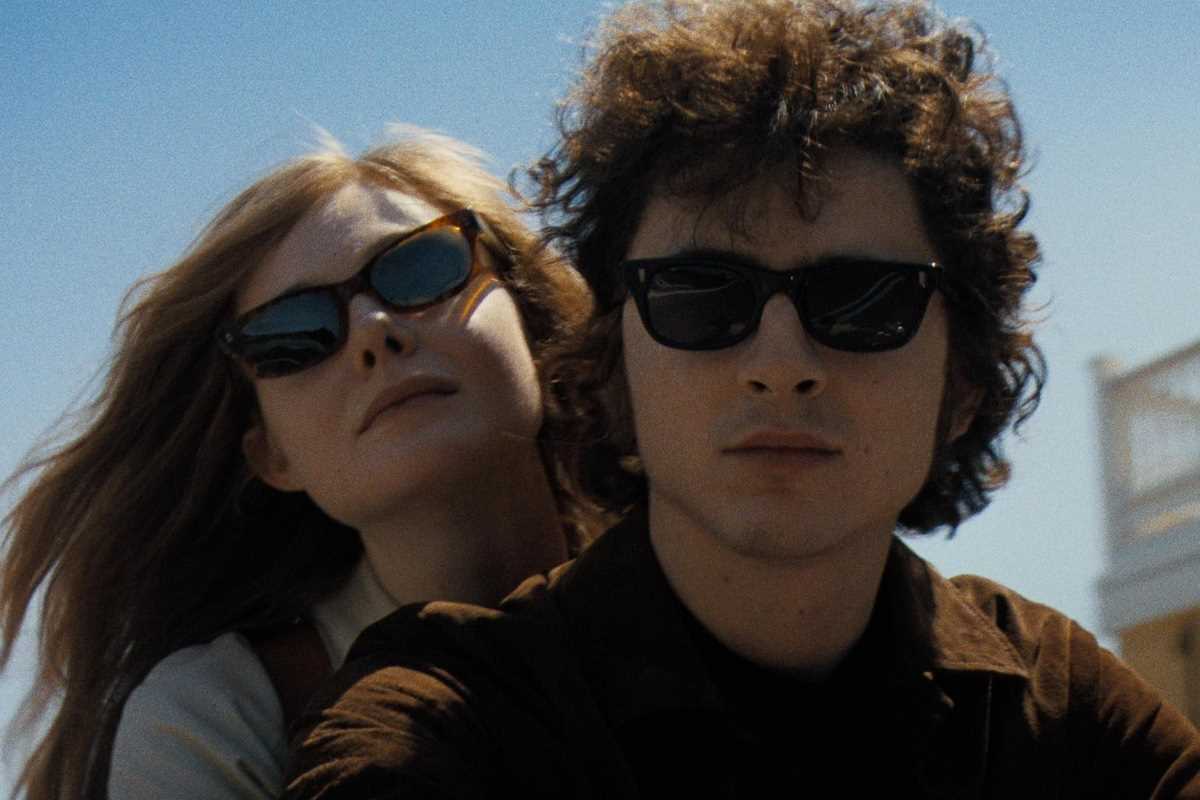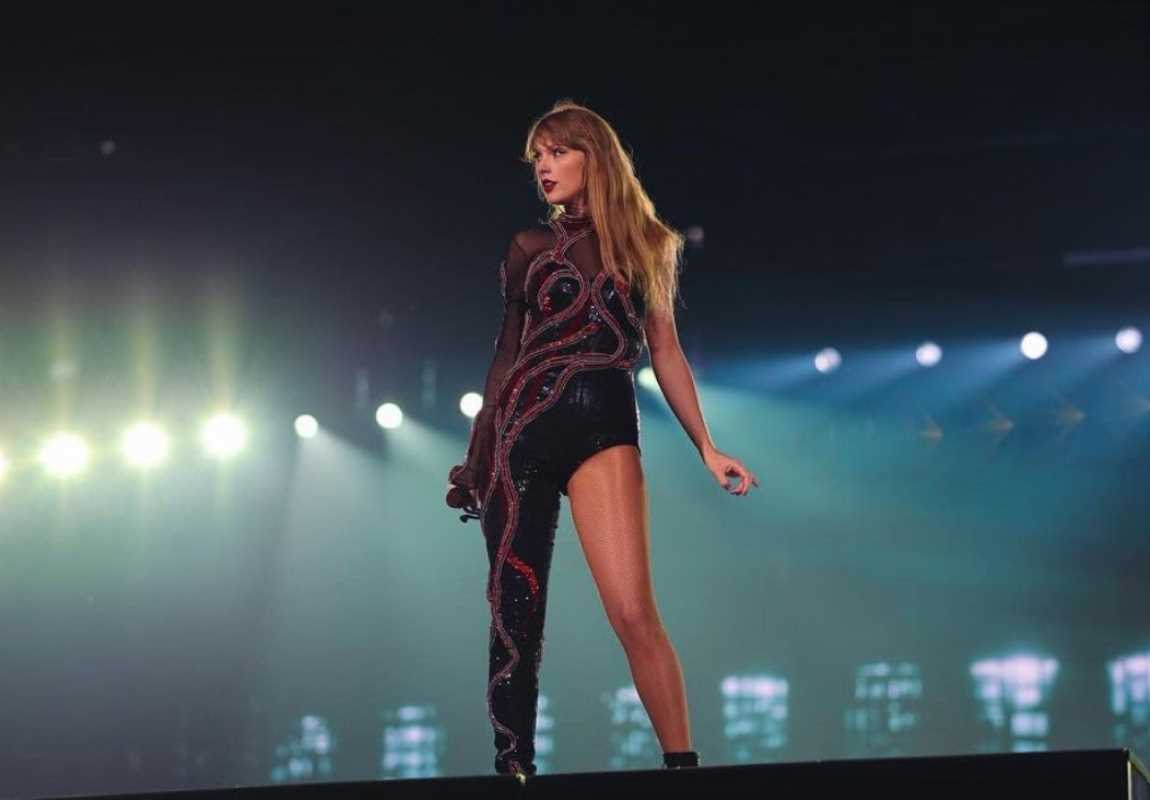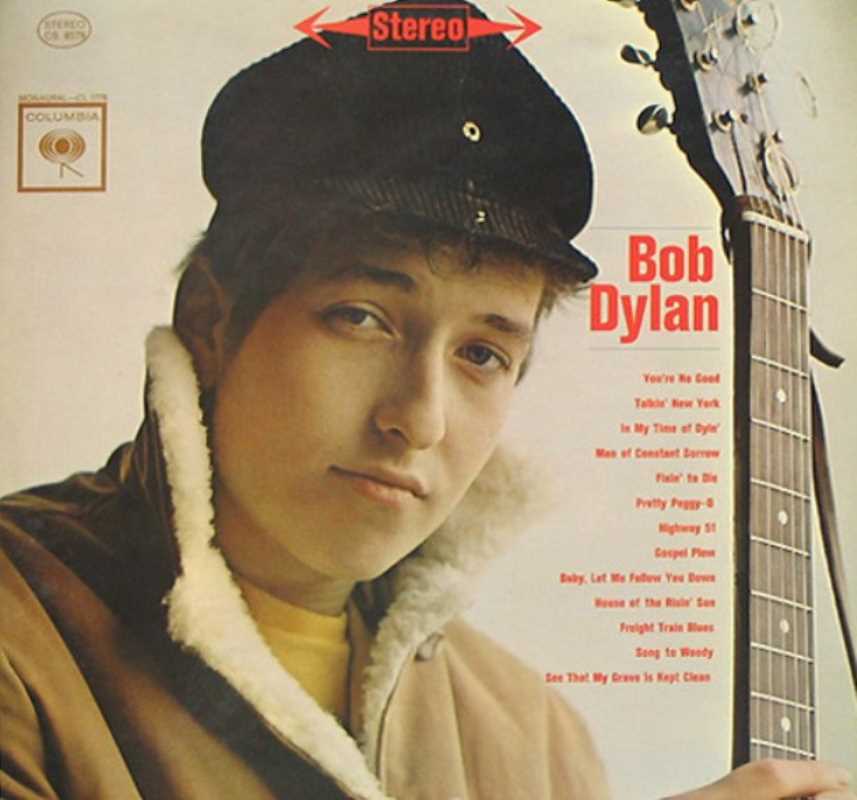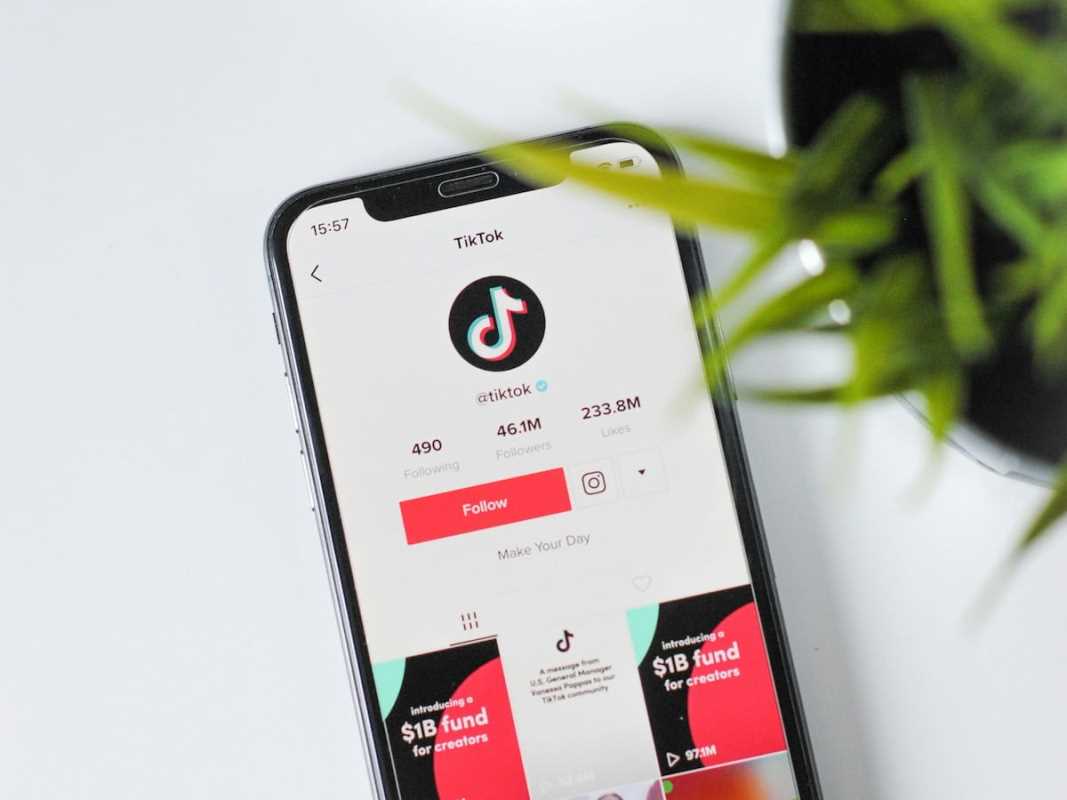Memes. Whether it’s a hilarious SpongeBob screenshot or the latest viral TikTok sound, they’ve become a universal language that people use to communicate, share ideas, and, frankly, just make each other laugh. But memes are far more than just internet jokes—they’ve grown into powerful tools that influence pop culture and even reshape the way brands connect with audiences.
From irreverent humor to biting social commentary, memes are everywhere. They’ve crept into our conversations, our entertainment, and even our shopping habits. Memes are no longer just for online fun; they’re a serious (but still super funny) cultural force.
What Exactly Is a Meme?
Before getting into how memes are reshaping everything, it’s worth defining them. A meme is essentially an idea, image, or piece of media that spreads from one person to another, often with humor or a relatable twist. Think of them as the inside jokes of the internet, but instead of sharing them with a few friends, memes get passed along to millions of people worldwide.
The key to a great meme? It’s simple, easily shareable, and connects with people emotionally—whether it’s through humor, nostalgia, or outrage. Iconic examples include formats like the “Distracted Boyfriend,” the “This Is Fine” dog, or Kermit the Frog sipping tea saying, “But that’s none of my business.” These memes cross boundaries of age, geography, and even politics to create shared cultural moments.
Memes and Pop Culture
Memes aren’t just a reflection of pop culture—they’ve become part of it. Think about how many memes you’ve seen based on hit songs, Netflix shows, or blockbuster movies. Shows like The Office or Stranger Things are constantly popping up on our feeds as memes, keeping them culturally relevant even years after their airing.
The “Formula” of Pop Culture Memes
Most pop culture memes come from moments that feel universally relatable or ridiculously over-the-top. That funny Michael Scott scene in The Office where he screams, “No! GOD PLEASE, NO!”? It’s more than just a quote from a TV show—it’s a perfect reaction for practically any frustrating situation.
Pop culture memes not only help fans connect with each other, but they also boost the popularity of the original content. Memes from shows like Breaking Bad and Game of Thrones have kept these series alive in conversations long after their finales. Similarly, artists like Taylor Swift and Adele often see memes turn their songs or music videos into viral sensations. Just think back to all the “Hello from the other side” memes—Adele released the song, but memes helped give it a life of its own.
Memes Driving Trends
Memes are also trendsetters. They influence the way people talk, dress, and even interact with the world around them. For example, phrases like “OK, boomer” or “Sheesh!” mostly blew up through memes before becoming part of everyday conversation (and yes, sometimes, part of our parents’ vocab too).
Even traditional industries, like fashion, borrow heavily from meme culture. Brands like Gucci and Balenciaga have consciously embraced meme-inspired aesthetics in their campaigns, recognizing that today’s audiences want more than glitz—they want humor and relatability.
Memes in Marketing
Some brands have figured out that the best way to reach people is to meet them exactly where they’re spending most of their time—scrolling through memes. By turning viral humor into marketing gold, companies are successfully connecting with audiences in a way that feels fresh, modern, and incredibly engaging.
Why Memes Work for Brands
Memes are quick, fun, and perfectly suited to short attention spans (looking at you, Gen Z). Unlike traditional ads, memes don’t feel like you’re being sold something. Instead, they’re designed to make you laugh or feel like you’re sharing an inside joke with the brand itself. And when done right, they get shared... a lot.
The secret to meme marketing is tapping into trends without overdoing it. If a brand tries too hard or sounds inauthentic, people immediately notice, and it can have the opposite effect. However, if they nail it, the payoff can be enormous.
Successful Meme Campaigns
Some brands have absolutely crushed it when it comes to using memes. Here are a few examples of campaigns that got everything right (and got people talking):
- Wendy’s Roasts: Wendy’s Twitter account is legendary for its savage humor. The fast-food chain became a meme icon by “roasting” its competitors and even its own customers in hilarious tweets. This bold, cheeky social media strategy not only amuses audiences but also keeps the brand constantly in the online spotlight.
- Netflix’s Relatable Memes: Netflix has mastered the art of tapping into its own shows to create shareable memes. When Squid Game premiered, the platform flooded social media with memes highlighting the show’s most intense moments, encouraging fans to share their reactions. This kind of content builds excitement and brings in new viewers without spending millions on traditional ads.
- “The Most Interesting Man in the World” by Dos Equis: Although it’s technically an ad campaign, Dos Equis’ “Most Interesting Man in the World” character evolved into a full-blown meme. The image of a suave older man with the tagline “I don’t always [do something], but when I do, I [do something cooler]” became synonymous with witty, sarcastic humor. The cultural phenomenon was so widespread that even people who had never tried Dos Equis beer recognized the meme.
Memes as Storytelling Tools
Memes aren’t just about grabbing attention; they’re also useful for storytelling. Take brands like Old Spice with their bizarre meme-like commercials or Spotify using personalized user data to create funny, sharable year-end stats. Both companies use humor and creativity to tell stories that resonate with their audiences, proving that memes can go beyond simple laughs—they can build meaningful connections.
Challenges of Meme Marketing
Of course, the world of meme marketing isn’t all fun and games. Brands have to walk a fine line between being relatable and trying too hard. A poorly executed meme campaign can make a company appear desperate or clueless about internet culture. No one wants their brand to become the butt of the meme instead of the creator.
Timing, too, is everything. Jumping on a meme trend too late—or reusing an outdated meme—can make a campaign feel stale. Internet humor evolves at warp speed, and the meme everyone laughed at last month might get an eye-roll today.
Finally, there’s always the risk of offending someone. Given that some memes walk a fine line between edgy humor and insult, brands must tread carefully to avoid controversy.
The Broader Impact of Memes
Beyond marketing, memes have become a driving force for cultural movements, political activism, and even social justice. Think about how quickly memes about big news events or social causes spread—like the Bernie Sanders “mittens” meme during the 2021 inauguration or the relatable “Me explaining to my mom” template for school struggles.
Memes can simplify complex ideas, making them easier to understand and share. This makes them powerful tools for shaping public opinion, shifting societal norms, and influencing behavior.
The Future of Memes in Pop Culture and Marketing
Memes aren’t going anywhere. If anything, their role in shaping pop culture and marketing is only going to grow. With platforms like TikTok, Instagram, and Twitter constantly generating new content, the meme format keeps evolving—from simple images to full-blown video memes, viral challenges, and beyond.
For brands, the challenge will be staying current without over-saturating audiences. Companies that understand meme culture and engage authentically will continue to thrive, while those that don’t risk being left behind in the digital dust.
Final Thoughts
Memes are the modern-day currency of internet culture, shaping how we communicate, laugh, and connect with the world around us. They’ve gone from casual jokes to powerful tools that influence everything—from the biggest blockbusters to the products we buy.
Whether it’s through clever marketing campaigns or just reshaping pop culture trends, memes have proven they’re not just about quick laughs. They’re about connection, creativity, and reflecting the human experience in few words (or none at all). And as long as we keep scrolling, sharing, and tagging, memes are set to remain an unstoppable force in our digital lives.
 (Image via
(Image via